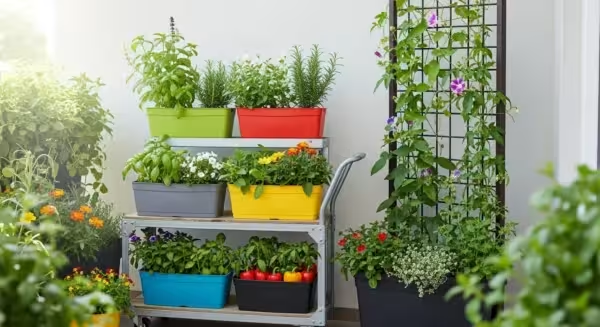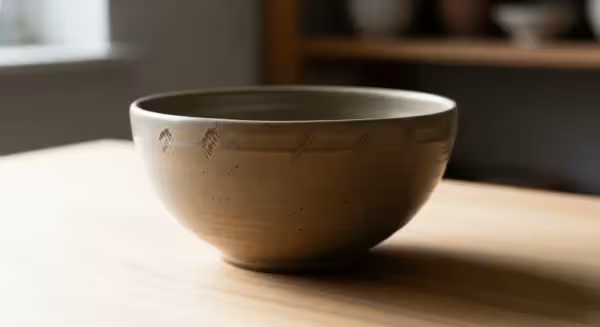
A Step-by-Step Guide to Hydrating Safely and Effectively
Making a conscious effort to stay hydrated is one of the best things you can do for your health. The key is to be consistent and find a routine that works for you. This step-by-step guide offers practical, safety-first hydration tips to help you meet your body’s needs without feeling overwhelmed.
Step 1: Consult Your Doctor for a Personalized Plan. Before making any significant changes to your fluid intake, the most important first step is to speak with your physician. While general guidelines exist, your individual needs depend on your overall health, activity level, climate, and any medications you take. Certain conditions, like heart or kidney failure, require a restricted fluid intake. Your doctor can provide a personalized recommendation that is safe and effective for you.
Step 2: Understand Your General Fluid Needs. For healthy older adults, a common recommendation is to aim for 6 to 8 glasses (8 ounces each) of fluid per day. However, this is just a starting point. A more personalized approach is to take your body weight in pounds, divide it by two, and aim to drink that many ounces of fluid. For example, a 150-pound person would aim for about 75 ounces. Remember, this includes all fluids, not just plain water.
Step 3: Choose Your Fluids Wisely. While water is the gold standard for hydration, other beverages and even foods contribute to your daily intake.
- Water: The best choice as it’s calorie-free and readily available. To make it more appealing, try infusing it with slices of lemon, cucumber, or a few berries.
- Milk: An excellent source of hydration that also provides calcium, vitamin D, and protein.
- 100% Fruit Juice: Can be a good source of vitamins, but should be consumed in moderation due to its high sugar content. Consider diluting it with water.
- Broth and Soups: Clear, low-sodium broths are a wonderful, hydrating option, especially during colder months.
- Herbal Tea: Unsweetened herbal teas like chamomile or peppermint are great hydrating choices.
It is wise to limit sugary drinks like sodas, sweetened iced teas, and sports drinks, which can add unnecessary calories and sugar to your diet.
Step 4: “Eat” Your Water. Many fruits and vegetables have a high water content and can significantly contribute to your hydration goals. They also provide essential vitamins, minerals, and fiber. Some excellent choices include:
- Watermelon and cantaloupe
- Strawberries
- Oranges and grapefruit
- Cucumbers
- Celery
- Lettuce
- Zucchini
Incorporating a fresh salad with lunch or having a bowl of melon for a snack is an easy way to boost your fluid intake.
Step 5: Create a Hydration Schedule. Waiting until you feel thirsty is not a reliable strategy for seniors, as the thirst mechanism can become less sensitive with age. Instead, build drinking fluids into your daily routine.
- Start your day with a full glass of water right after you wake up.
- Drink a glass of water with every meal.
- Take your medications with a full glass of water.
- Set reminders on your phone or a kitchen timer to prompt you to drink every hour or two.
- Keep a reusable water bottle with you throughout the day as a visual cue.
By making hydration a habit, just like brushing your teeth, you ensure your body consistently gets the fluids it needs to thrive.















